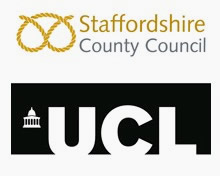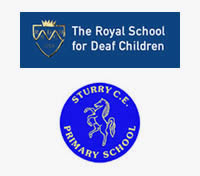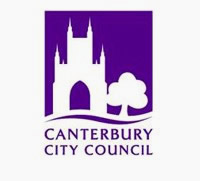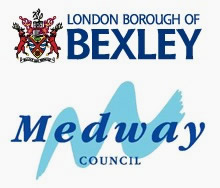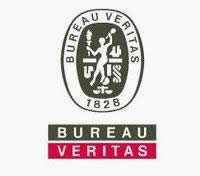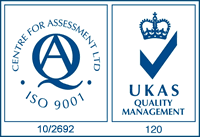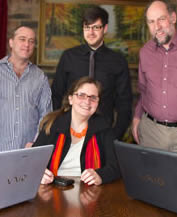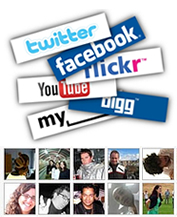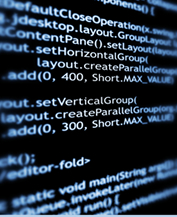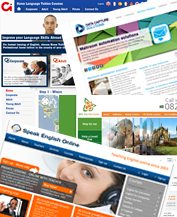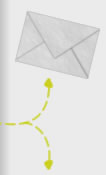Multilingual Development
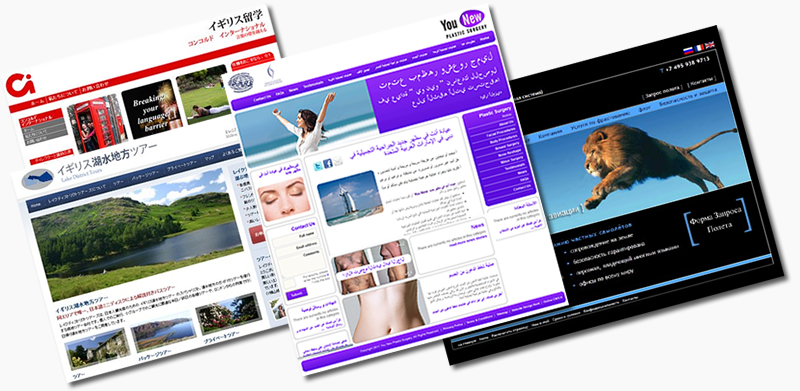
Multilingual Web development for high performance websites
We develop websites, database systems and mobile/social application in over twenty languages including:
- French, German, Dutch
- Spanish, Italian, Portuguese
- Arabic
- Russian, Turkish, Greek
- Chinese (traditional), Chinese (simplified), Japanese, Korean
- Latvian, Lithuanian, Slovakian, Polish, Czech
- Bengali, Punjabi
Issues to consider when developing websites in other languages
The issues from a web development point of view fall into the following main areas.
- Language translation for dynamic parts of websites (the order and length of text is different)
- Character set issues
- Language direction (for Arabic) impacting design
Language translation
The syntax of languages varies with verbs for example in different places. This requires a different approach to some dynamically created messages when interacting with the user. This is one area where an application not designed with language in mind can be very costly to convert to multiple languages.
Character Sets
Different languages have different alphabets. Most Western European languages are based on the Latin Alphabet, but there are differences in letters used and especially accents and also the numbers of letters available. Other languages are based on very different scripts, for example Cyrillic. These all require different character sets to be used within the website and database. Issues can arise with some commonly used code that converts characters into urls as these will not work with (say) the cyrillic or arabic alphabets.
Text Direction
Most languages are written left to right. The most common exceptions are Arabic and Hebrew which are written right to left. Chinese and Japanese may be written top to bottom although this is now less usual in web applications. This impacts the design and how messages are shown on applications.





